In late 2020, the World Health Organisation released their guidelines on physical activity and sedentary behaviour. The development and/or updating of guidelines follows a clear protocol to ensure that the best available evidence is used. A full summary and explanation of the guidelines can be found here.
For physical activity, it is recommended that all adults should undertake 150–300 min of moderate-intensity, or 75–150 min of vigorous-intensity physical activity, or some equivalent combination of moderate-intensity and vigorous-intensity aerobic physical activity, per week. Regular muscle-strengthening activity is also recommended. This is in line with what we have with our Australian guidelines.
The big update for the 2020 WHO Guidelines was the inclusion of sedentary behaviour for the first time. In reviewing the evidence regarding the health impact of too much sedentary behaviour, it was concluded that higher amounts of sedentary behaviour in adults are associated with detrimental effects on all-cause mortality, cardiovascular disease mortality and cancer mortality and incidence of cardiovascular disease, type 2 diabetes and cancer. These are similar conclusions to what was reported for the scientific report for the US guidelines. For sedentary behaviour, the guidelines state that:
-
Adults should limit the amount of time spent being sedentary. Replacing sedentary time with physical activity of any intensity (including light intensity) provides health benefits;
-
To help reduce the detrimental effects of high levels of sedentary behaviour on health, adults should aim to do more than the recommended levels of moderate-to-vigorous physical activity.
there was insufficient evidence to specify quantitative thresholds of sedentary behaviour, to determine whether specific health benefits vary by type or domain of sedentary behaviour or to determine the influence of frequency and duration of breaks in sedentary behaviour on health outcomes.
In essence, these guidelines support and reinforce the “sit less, move more” message that we promote here at team BeUpstanding. For tips and ideas on how to incorporate sitting less and moving more into your workday, check out our tips and tools section on the blog.
![]()

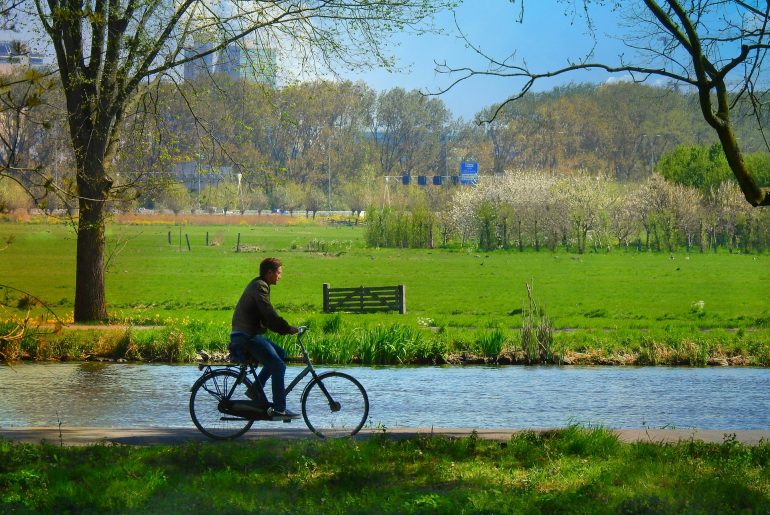

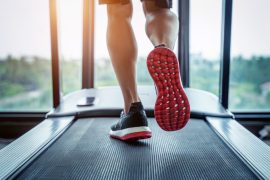
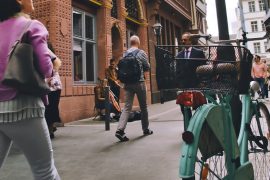
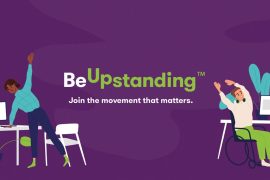
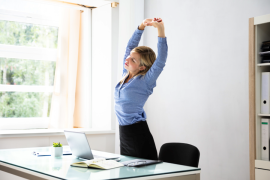
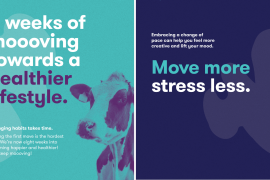


Comments are closed.